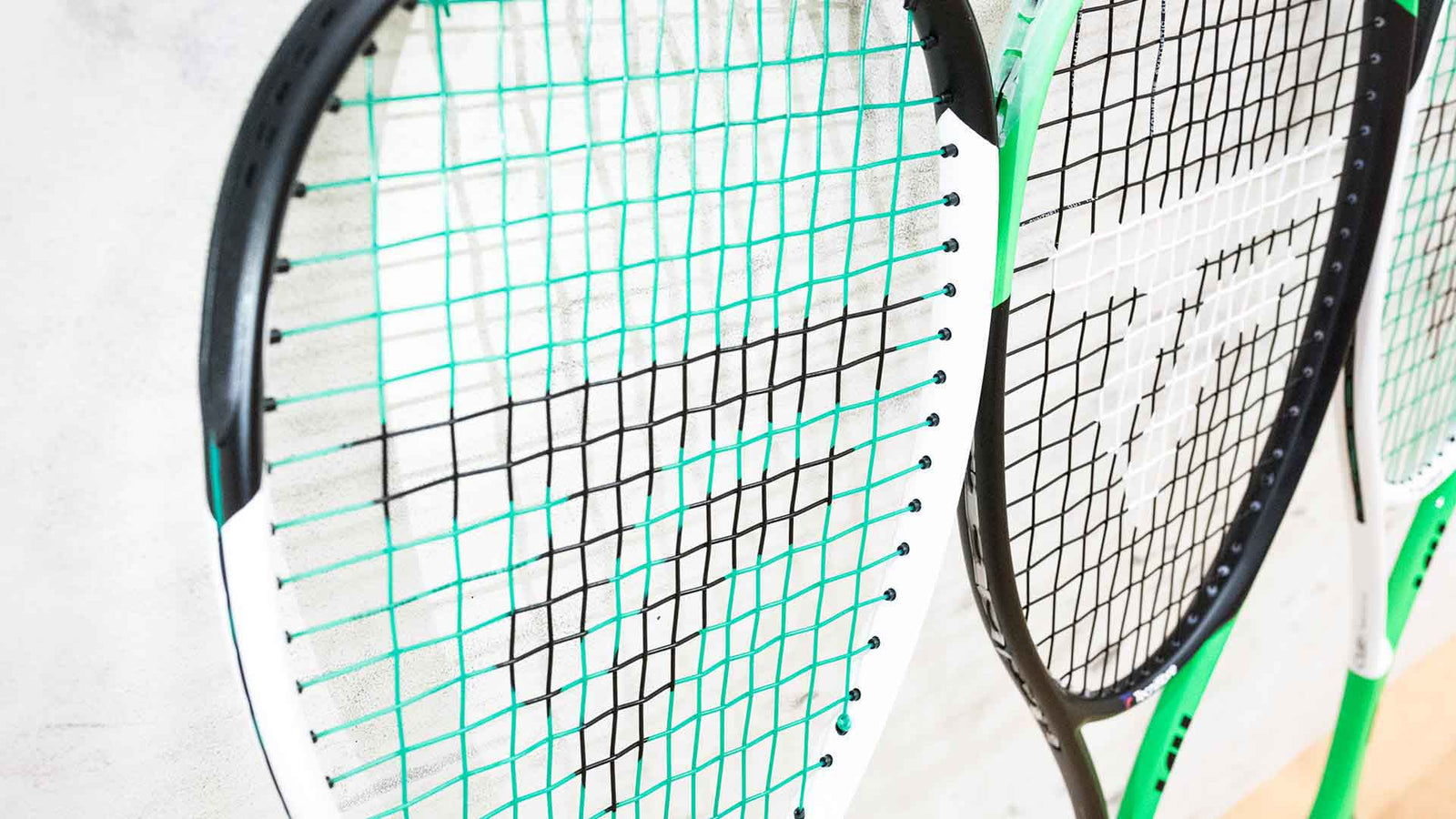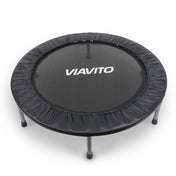Squash is one of the most popular racket sports in the world and it is gaining more and more new players by the day. Whether you are just getting started or you have been playing for years, it is the type of sport where you will want to have the best equipment to suit your style of play, in order to give you the greatest possible chance of being successful.
Most people will understandably look to your racket as the most important piece of equipment to get right, and rightly so. However, there is a component of the racket that may be even more important than the item as a whole, and that is the strings you use on it.
Squash strings are the part of the racket that actually make contact with the ball, so can affect everything from the power and control you have over your shots, to the amount of vibration that is transferred from the racket to the player.
Unfortunately, many players won’t know just how important getting the right string can be and will just use the first one they find. Even those that do understand often won’t know exactly what to look for in a string or which one is right for them.
That’s why today I want to take you through the options you have for squash strings. I will show you the types available, explain the differences between them, and tell you who each one is best suited for. This should hopefully give you all the information you need to make the correct decision and take your game to a higher level than it has ever been before.
Types Of Squash Strings
Monofilament
As the name suggests, monofilament strings are made of a single piece of material. They are best suited for players looking for a string with greater levels of durability.
Multifilament
In contrast to monofilament strings, multifilament strings are made up of thousands of tightly wrapped fibres. They provide a higher level of performance, which is ideal for more experienced players, while also offering a greater level of shock absorption, which means they are perfect for players with issues such as tennis elbow.
Hybrid
The term “hybrid string” can mean two different things. An actual hybrid string is a string that’s essentially a multifilament wrapped around a monofilament core. However, people can also use the term to mean using one type for their vertical strings and another for their cross strings. Whichever way you use it, this is an incredibly well-rounded set-up, providing both high performance and reasonable durability.
Nylon
Nylon is the most common material used in squash strings, especially the monofilament and hybrid varieties that use it as their core. It is seen to be the most versatile material for a string, so is a well-rounded option that is suitable for anyone who doesn’t have an extremely specific need.
Things To Consider
Length
Squash strings often come on a reel that you have to cut to the correct size before using. People who play more often will clearly need to change their strings more regularly, so take the frequency of your play into consideration when choosing the length of the reel you buy.
Tension
Squash players will all prefer different levels of tension in their string based on their style of play. In addition, different levels of tension are better suited to different ability levels. With strings all having different levels of tension they can be used at be sure you select a squash string that can be used at your required level.
Gauges
The gauge of a squash string is basically another word for its thickness. This will have a considerable effect on the durability and performance of a string, so it is an extremely important factor to take into account when selecting a string.
Solid core
Squash strings with a solid core tend to have a greater level of durability than those that don’t. However, this often comes as a trade off with them having a lower level of performance. Work out what balance of these issues you are looking for from a squash string and make your purchase accordingly.
Racket design
Different rackets all feature different levels of quality and come in styles suited to different types of play. Make sure that the squash string you select is not only designed for the same style of play as your racket, but also doesn’t need to be used at a tension that could end up damaging it.
Your budget
Squash strings can range from relatively cheap to extremely expensive. Make sure you set a clear budget and check the price at the start, so you don’t waste time looking at an option you aren’t able or willing to pay for to begin with.
Squash String Maintenance
There isn’t really any maintenance you can do on a squash string, as the nature of the product dictates that it is going to wear out over time. However, it is important to keep them tight and frequently replace them, to make sure your racket always has the correct level of tension.

